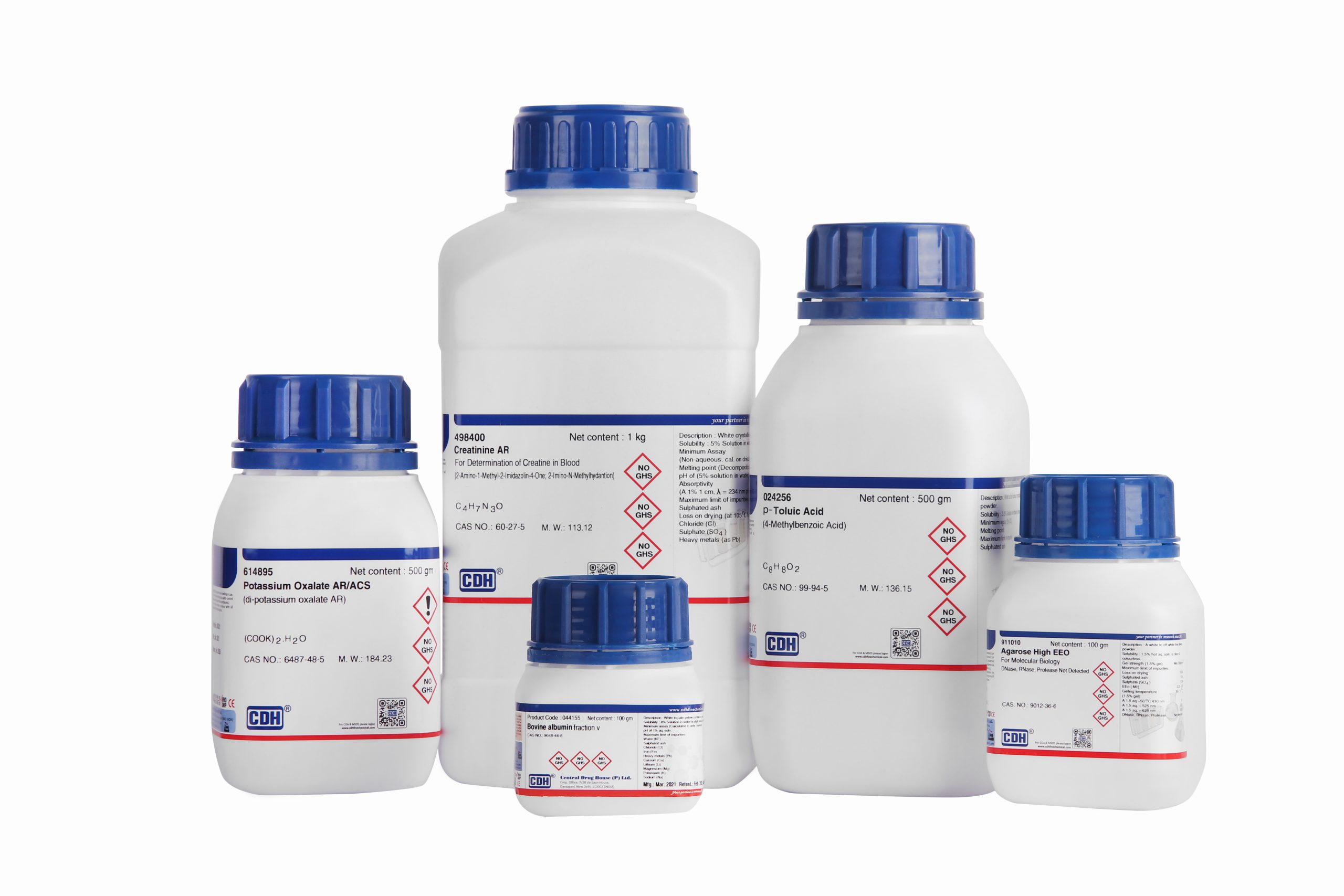1-4-Diazabicyclo (2.2.2) Octane (Dabco, Ted,Triethylenediamine):
1,4-Diazabicyclo[2.2.2]octane, also referred to as TED or Triethylenediamine, is a high-purity chemical compound presented as a white to light yellow crystalline powder. It serves as a powerful curing catalyst in various chemical processes, most notably in the manufacturing of polyurethane foams and resins. Its widespread use across industrial sectors is due to its excellent catalytic properties, thermal stability, and wide solubility range.
This compound exhibits outstanding solubility in a variety of organic solvents including acetone, benzene, ethanol, and methyl ethyl ketone, in addition to being water-soluble. With a minimum GC assay purity of 99.0% and a defined melting range of 156–159 °C, TED is ideal for applications requiring precise performance and consistent quality. It maintains chemical stability under standard storage conditions, making it a reliable component in both large-scale manufacturing and laboratory settings.
Key Features
-
Appearance: White to light yellow powder or crystal
-
Purity (GC Assay): Minimum 99.0%
-
Melting Range: 156–159 °C
-
Solubility: Soluble in water, acetone, benzene, ethanol, and methyl ethyl ketone
-
Chemical Stability: Stable under recommended conditions
-
Synonyms: TED, Triethylenediamine
Applications
TED is widely employed as a catalyst in polyurethane production, where it plays a crucial role in controlling the polymerization reaction to achieve the desired foam properties. It is also used in the formulation of epoxy resins and coatings, helping to improve curing speed and mechanical strength. In the pharmaceutical and fine chemical industries, TED functions as an intermediate, supporting the synthesis of various specialty compounds.
Due to its broad compatibility and catalytic efficiency, TED is valued in sectors ranging from automotive manufacturing to construction materials, electronics, and industrial adhesives.
Safety & Handling
Hazard Statements:
-
May cause respiratory irritation
-
Flammable solid
-
Harmful if swallowed
-
Causes mild skin and eye irritation
Precautionary Measures:
-
Keep away from ignition sources such as heat, sparks, or open flames
-
Use non-sparking tools and explosion-proof equipment
-
Store in tightly sealed containers under dry, well-ventilated conditions
-
Wear appropriate PPE including gloves, goggles, and protective clothing
-
Avoid inhalation and ingestion; do not eat, drink, or smoke during handling
-
Wash hands thoroughly after use
First Aid Measures:
-
Eye Contact: Rinse carefully with water; remove contact lenses if easy to do
-
Skin Contact: Wash immediately with water; remove contaminated clothing
-
Ingestion: Rinse mouth; do not induce vomiting
-
Inhalation: Move to fresh air and seek medical attention if needed
Disposal Guidelines
For small quantities, allow controlled evaporation in a safe, open area. Larger volumes should be incinerated using a chemical incinerator equipped with proper scrubbers and burners. If evaporation or incineration is not feasible, collect the waste in dedicated solvent drums for disposal by a certified hazardous waste management service.



There are no reviews yet.